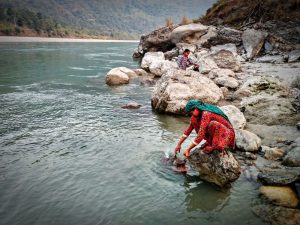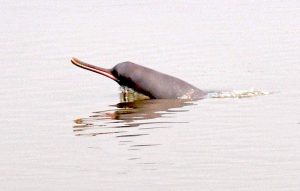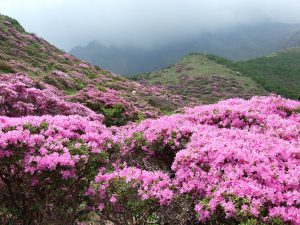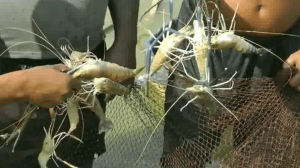The Sangu river, which winds almost 300 kilometres in length through Bangladesh and Myanmar, is dying. Within Bangladesh the river flows through the country’s largest reserve forest in Bandarban district, a part of the Chittagong division, which border’s Myanmar’s Arakan division.
“When I was young there was thick forests on both sides of the river and it was not possible to cross it without boats; now most of it looks like a football field,” said Kya Hla Ching Marma, the Upazila (local government) chairman of Thanchi union of Bandarban, who was born near the banks of river Sangu.
As a riverine country, some 800 rivers and tributaries flow through Bangladesh but the Sangu is one of its only two indigenous rivers and is dependent on the forest for its survival.
“Last year there was the most rainfall here in recent history but still there is no water because we have chopped down the trees,” said Reza Hussain, a Lieutenant Colonel of the Bangladesh Border Guards (BGB).
The forest’s trees collect water and release these as waterfalls into the river. The destruction of forest cover in the catchment area is leading to sedimentation and drying up of the river, according to Istiak Sobhan, an environment specialist at the World Bank. The degradation of Sangu reserve forest is directly contributing to Sangu river’s gradual demise. The trees keep the “chhoras” (streams) in the forest alive which are the source of Sangu’s water.
“Due to excessive deforestation the water flow of Sangu is decreasing,” said Ishtiaq Uddin Ahmad, the former Chief Conservator of Forests, at the Bangladesh Forest Department. Rampant tree felling and Jum (slash and burn cultivation) is rapidly denuding the area. In the absence of tree cover, the rain hits the soil directly leading to its erosion, filling up the river.
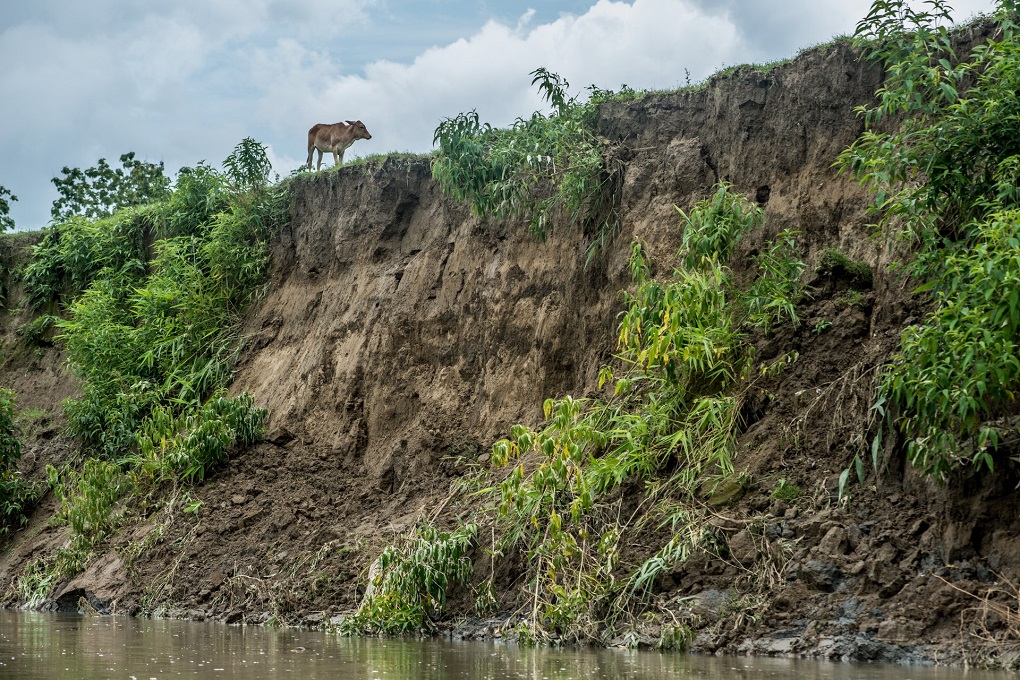
The Sangu was declared a reserve area during the British colonial period when the forest was pristine and there were no settlements. Members of the local indigenous Murong community started encroaching into the Sangu reserve forest around 2007 due to lack of land. Over 2,000 people now live permanently within the forest and practice Jum cultivation. Some fear that this number would soon increase as population pressure continues.
“The nearby Matamuhuri reserve forest was declared a union by the government in 2017 for socio-economic development,” Kya Hla said, “But if the same happens to the Sangu reserve forest, it will legalise settlement within the forest, exacerbate its encroachment and hasten the river’s death,” he said.
However, some locals such as Madhavi Marma, an advocate and member of the Women Resource Network (WRN) Bandarban, believe it is not the settlements or Jum cultivation but commercial plantation that is causing the most damage.
“Many businesses clear forests in the name of plantations, and blame it on indigenous Jum farmers,” she said, “If Jum is making plants disappear in the Chittagong Hill Tracts (CHT), why are they also disappearing in the plain lands where there is no Jum cultivation?”
Zuam Lian Amlai, an activist, who has been an advocate for saving CHT’s forests for over 30 years, echoed these sentiments, stating that while Jumias (Jum cultivators) destroy forests, they are not the only ones to be blamed. Timber business operators responsible for clearing forests work with near impunity.
“I reached out to journalists to cover the forests’ degradation, but the journalists get a stipend from the wood business association, so their coverage often does not portray the severity of the issue,” he said.
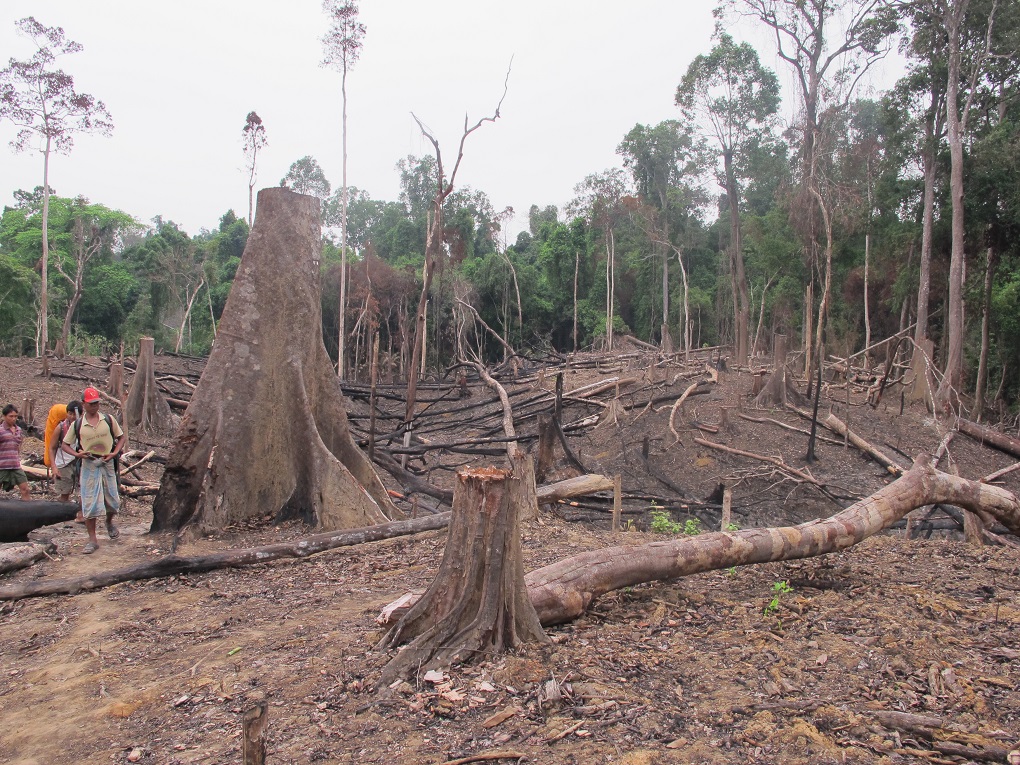
The implications of Sangu’s impending death are severe not only for the environment and biodiversity but also for the local populace. CHT is already facing a water shortage, and with the streams and the Sangu river drying up fast, the community faces the risk of severe water and food crisis.
“Natural forests act as water sources for indigenous people,” said Aung Shwe Sing, the former executive director of the Bandarban based organization Tazingdong. Food crises are common in the remote CHT region, and natural forests and rivers help people survive them by providing various food sources including water and fish.
“The degradation of the river is reducing fish diversity and quantity, as well as causing water shortage,” he added.
Finding solutions
There is an urgent need to curb tree felling. Hussain of Bangladesh Border Guards believes there needs to a full ban.
“Currently wood extraction is illegal in certain areas and legal in others. This creates loopholes exploited by wood businesses,” he said, “so it should be stopped completely so that there is no question of wood extraction, be it legal or illegal.”
While controlling tree felling is part of the solution, to prevent further encroachment of Sangu forest, there is a consensus among various stakeholders that indiscriminate Jum cultivation by residents of the forest needs to be controlled. To that end, the chairman of Thanchi Upazila, Kya Hla, has proposed a five year plan to the government to shift the indigenous families living within the reserve forest areas to nearby areas outside. He said that the government has responded positively to the idea.
However, experts believe the families living within the forest per se are not the issue, their livelihood activities are. If their natural resource footprint can be reduced and they can be provided alternative livelihood options, they can continue to live within the reserve forest and peacefully coexist with the Sangu.
In the long term, Sangu’s saviours will need to come from the community, according to Ishtiaq Ahmed.
“They (local indigenous people) are dependent on Sangu for water and they cannot move from the hills to the plain land, so Sangu’s survival is indeed a matter of their life and death.” He suggested that dialogue needs to be conducted with the locals to increase their awareness of the issue and they need to be engaged in the management of the forest and the river via local organizations. Co-management rules have already been approved by the government, and locals can be incentivised by sharing the forest revenue, Ahmed added. “If Sangu dies, the local community will be the ultimate suffers, so they need to be made aware and empowered.”
![<p>The drying of the riverbed has led to people farming on its land [image by: Asif Yousuf]</p>](https://dialogue.earth/content/uploads/2018/02/farming-on-Sangu-dry-river-bed.jpg)


